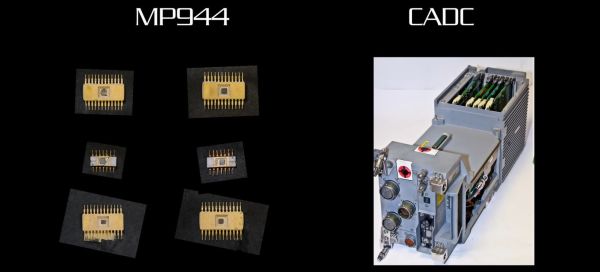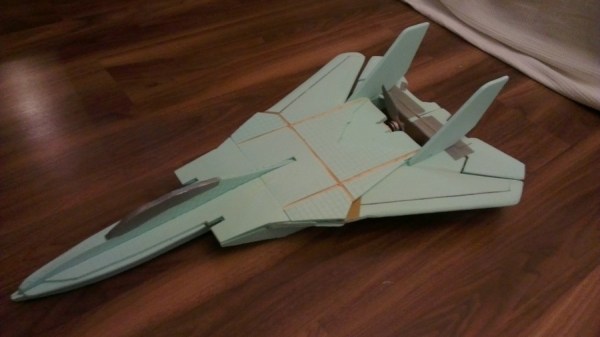When the Grumman F-14 Tomcat first flew in 1970, it was a marvel. With its variable-sweep wing, twin tail, and sleek lines, it quickly became one of the most iconic jet fighters of the era — and that was before a little movie called Top Gun hit theaters.
A recent video by [Alexander the ok] details something that was far less well-documented about the plane, namely its avionics. The Tomcat was the first aircraft to use a microprocessor-driven flight system, as well as the first microprocessor unit (MPU) ever demonstrated, beating the Intel 4004 by a year. In 1971, one of the designers of the F-14’s Central Air Data Computer (CADC) – [Ray Holt] – wrote an article for Computer Design magazine that was naturally immediately classified by the Navy until released to the public in 1998.
The MPU in the CADC is called the Garrett AiResearch MP944, and consists of a number of ICs that together form a full computer. These were combined in the CADC with additional electronics to control many elements of the airplane automatically, including the weapons system and the variable-sweep wing configuration. This was considered to be essential based on experiences with the F-111 and its very complex electromechanical flight computer, which was an evolution of the 1950s-era Bendix CADC.
The video goes through the differences between the 4-bit Intel 4004 and the 20-bit MP944, questioning whether the 4004 is even really an MPU, the capabilities of the MP944 and its system architecture. Ultimately the question of ‘first’ and that of ‘what is an MPU’ will always be somewhat fuzzy depending on your definitions, but there is no denying that the MP944 was a marvel of large-scale integration.
Continue reading “The World’s First Microprocessor: F-14 Central Air Data Computer”













